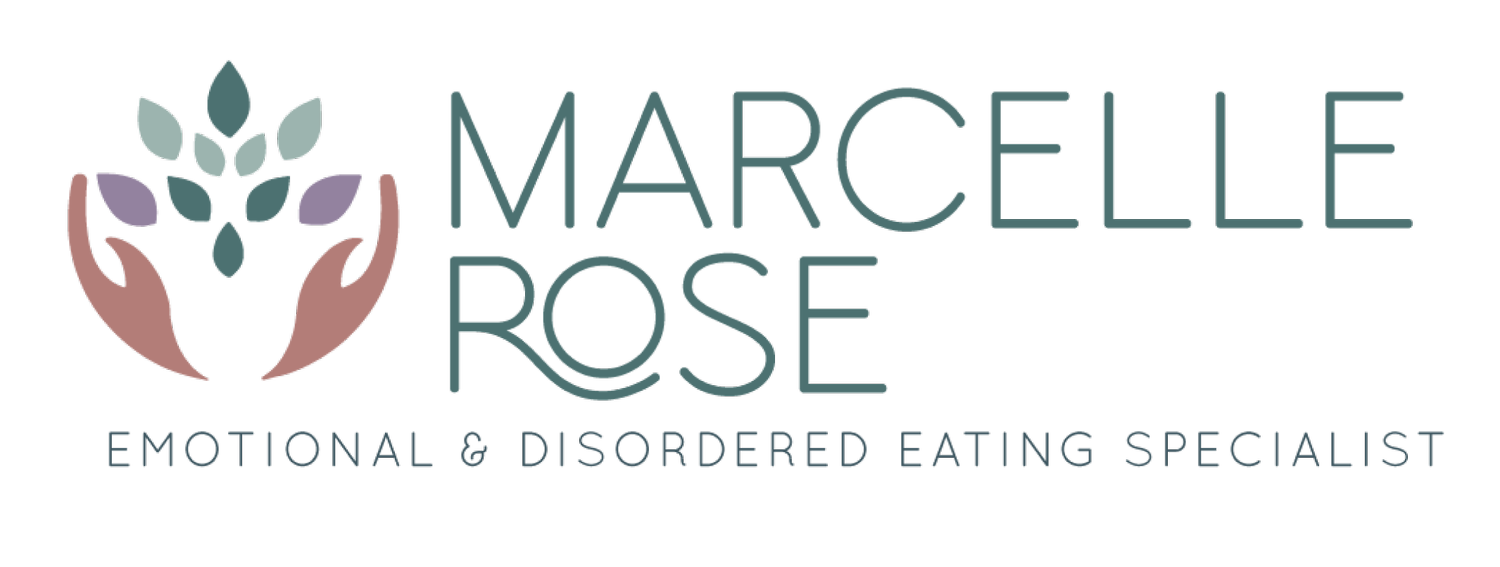Most people emotionally eat from time to time but difficulties can occur when this becomes your habitual default. Using food as a coping mechanism, perhaps to numb your feelings or provide some comfort is likely to impact your mental and physical wellbeing in the long term. Often the initial feeling of relief, comfort or pleasure that you receive from the reward centre in your brain, turns quite quickly to feelings of guilt and shame. This affects how you feel about yourself, your confidence and self-worth. Keeping you stuck in a never-ending cycle.
Triggers develop as part of our survival response. However, when we are emotionally triggered and don’t recognise it, we can engage in many unhelpful behaviours that just keep us stuck in a relentless pattern. A difficult conversation or situation, seeing a particular person or being in a specific place may all be potential triggers.
If for example, you are always triggered by a family member (perhaps because of the way they always speak to you) and it makes you feel anxious, angry or upset. At this point you feel the urge to eat chocolate because you have trained your brain to react in this way. You have accessed memories from the past and your automatic reaction maybe I can’t deal with this – I need to eat the chocolate.
Helping people to overcome emotional eating is my mission and is the foundation of the work that I do with clients. I feel it’s important to share this 5-step process that can be used for ANY emotional trigger that leads to emotional eating.
5 STEPS TO MANAGING EMOTIONAL EATING TRIGGERS:
1) Notice that you are being triggered and pause –and connect with your body take some deep breaths. Notice that when you breath into your belly properly it will expand and will then contract as you breath out.
2) Recognise you are having an emotional reaction. Become aware of the physical sensations that this reaction brings to your body. Perhaps you notice tension in your tummy, your heart is beating faster, or you might be holding your breath. When you notice your common physical reaction, this can help you to respond in a different way.
3) Give yourself time to observe what is going on in your brain and your body. Ask yourself ‘What am I really feeling? Avoid judging your emotions as good or bad and allow yourself to feel the emotion even if it is uncomfortable.
4) Question what story are you telling yourself - is it true really? Notice the thoughts causing these feelings. This may not come straight away – perhaps leave the room or even go for a walk.
5) Decide how you want to respond. By now you will have observed the trigger that led to your emotional response. You may have come to realise that your reaction was out of proportion or you have created a story that wasn’t even true. Now is the time to claim the power and chose your story with your rational thinking brain. You can choose to think of the situation differently. What will you tell yourself that will be more helpful?
If the emotional trigger is something that cannot be avoided, you will be able to put a plan into place before you next encounter it. With practice, your old automatic reaction will subside and you will find it easier to choose how to respond. The key to this is repetition.


